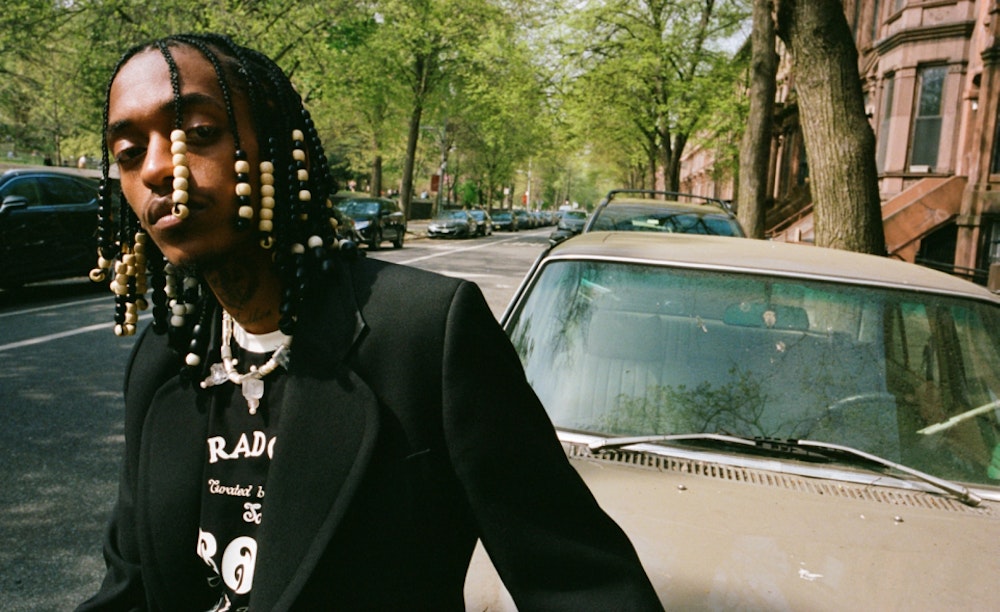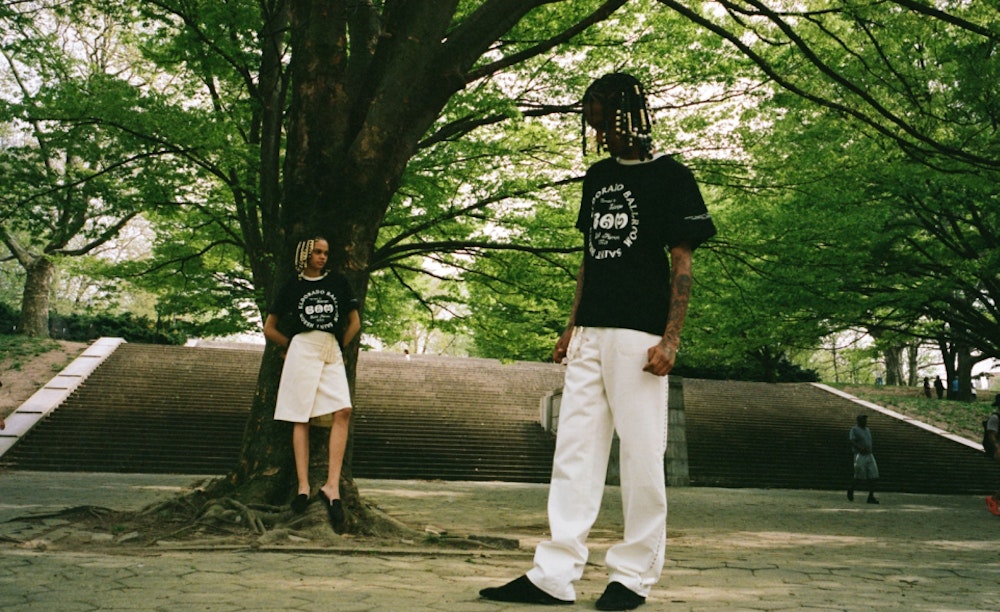
Photography by Bolade Banjo
Ahead of Eldorado Ballroom Houston, Saint Heron is proud to announce pre-orders for the Eldorado Ballroom 2024 Book—a zine celebrating the second installment of our live performance and arts series. First launched as the opening of BAM’s 2023 spring music program and later reimagined for the Los Angeles Philharmonic in fall 2024, the series honors the evolving language of experimental and transcendent performance across generations.

Photography by Bolade Banjo
Eldorado Ballroom is a program rooted in reverence and innovation, tracing the lineage of Black performance art through time. Conceived by Solange Knowles and presented by Saint Heron, the series brings together visionary artists whose work expands the boundaries of sound, movement, and ritual. Through intentional curation, each evening becomes a portal—connecting the legacy of pioneering creatives with the bold expressions of today.
The name "Eldorado Ballroom" pays homage to the historic Black music hall in Houston’s Third Ward—Solange’s hometown and the neighborhood where her love of performance took shape. Each night in the series was curated to explore themes central to her personal practice, inviting audiences into worlds both archival and radically new. Across generations, the shows celebrated and reimagined artistic blueprints, bridging the past with the future.

Photography by Bolade Banjo

Photography by Bolade Banjo
Last year’s series at Walt Disney Concert Hall spanned three unforgettable nights and featured a powerful lineup including Bilal, GMWA Women of Worship Choir, Moses Sumney, Zoie Reams, J*Davey, Liv.e, and more. A highlight of the Los Angeles edition was "On Dissonance"—a full-orchestra performance spotlighting the influence of Black women in orchestral and operatic traditions. The program included works by the late composer Julia Perry, as well as symphonic compositions by Patrice Rushen and Solange Knowles.
Published and edited by Solange Knowles for Saint Heron Press, the Eldorado Ballroom 2024 Book offers an intimate visual and narrative portrait of the series. With over 100 exclusive images by photographers CJ Harvey and Kobe Wagstaff, the book features reflections on each performance night, a behind-the-scenes look at Walt Disney Concert Hall, a post-series conversation with J*Davey, and more. Designed by Kai Jenrette, with art direction by Solange Knowles and writing from the Saint Heron team and collaborators, the zine is a deeply considered archive of this historic moment.
We hope this book becomes a meaningful part of your collection—a document of how we hold space, honor lineage, and create new pathways forward.
Eldorado Ballroom Houston, presented by Saint Heron and Performing Arts Houston takes place June 10th-16th and the 20th. Purchase tickets here.

